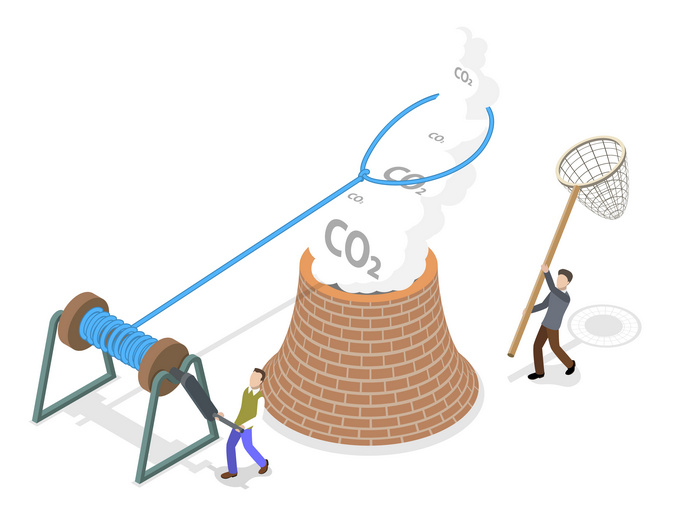Pathway to the Square Kilometre Array
To achieve both high sensitivity and high-resolution images of the radio sky, around 3 000 individual radio dishes and other receivers will be arranged like a spiral galaxy. Most of the antennas will be concentrated in an inner core and the rest positioned in groups along spiral arms. This configuration will cover several thousand kilometres in diameter. When fully operational and running, the SKA will be 50 times more sensitive than any other radio telescope. This power will be used to hunt for gravitational waves, namely ripples in space-time predicted by Einstein's general theory of relativity. It will probe the magnetic field that exists between stars and explore the Universe's most fundamental open questions. The technical framework assembling the best options for its construction was initially prepared in the project PREPSKA. This project GO-SKA (GO-SKA: A proposal for coordinating & supporting policy development of the global organisation of the Square Kilometre Array) followed up on the procurement processes. GO-SKA was initiated by funding agencies in Germany, Italy, the Netherlands and the United Kingdom. The four project partners joined their efforts to help with establishment of a new legal entity. Specifically, they worked together with the SKA's Strategy and Business Development Committee to establish the SKA organisation in December 2011. In addition, a roadmap was prepared with major decisions needed to be made so that the SKA can progress to the pre-construction phase. These decisions include approval of funding and, more important, selection of the site where it will be built. Containing a detailed timeline, the roadmap should serve as a guide to the next phase. In May 2012, the participating nations divided the SKA project between Africa and Australia, where precursor telescopes had already been built and could be integrated into the SKA radio telescope itself. Its low-frequency component will be hosted in western Australia and the mid- and high-frequency components in southern Africa, where it will be merged with Meer KAT, the former Karoo Array Telescope. Project partners held a series of events to raise public awareness of the socioeconomic benefits of the SKA. When the SKA radio telescope is completed, both Africa and Australia will actively participate in a cutting-edge science endeavour to gain insights into the formation of the first stars and galaxies after the Big Bang, the history of neutral hydrogen and the nature of gravity.
Keywords
Square Kilometre Array, radio telescope, spiral galaxy, Big Bang, neutral hydrogen, gravity







